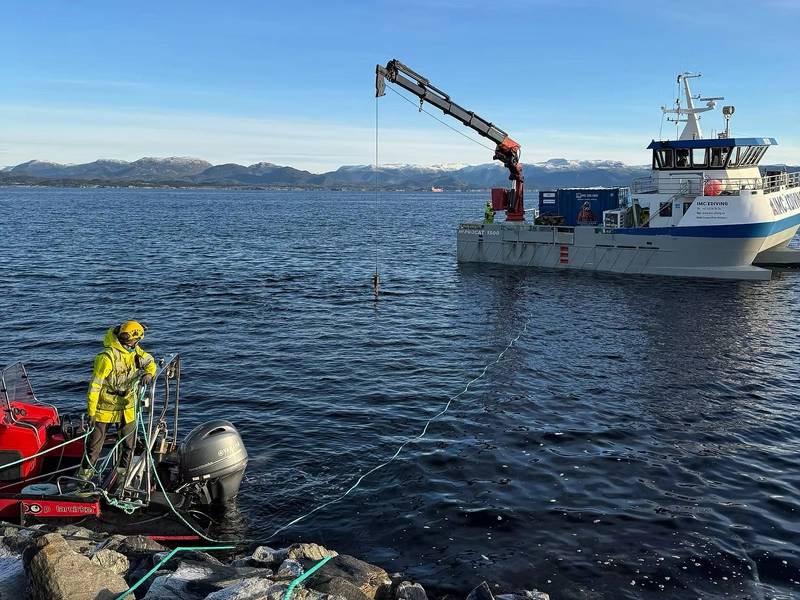
March 21, 2025
Flocean's desalination approach can achieve 30-50% energy savings compared to conventional systems once site-specific engineering is completed. Credit: Flocean
Leading global certification body DNV has validated that Flocean's desalination approach can achieve 30-50% energy savings compared to conventional systems once site-specific engineering is completed.
Conventional desalination capacity is set to double by 2032, addressing critical water shortages while risking a massive surge in carbon emissions.
Current plants already generate over 400 million tons of CO2 annually—a figure that could double as tens of billion in new projects come online within the next 10 years.
Energy is the critical cost driver in desalination, accounting for one-third to over half of total operational expenses. In Cyprus, where desalination supplies most freshwater, the process generates 2% of the country's total greenhouse gas emissions and consumes 5% of its power.
To verify these results in real-world conditions, the Flocean Zero project launched in November 2024. Initial data analysis confirmed that the deep ocean environment provides optimal conditions for high-efficiency desalination while dramatically reducing energy requirements.
Efficiency gains are achieved through two advantages, natural pressure utilization and superior water quality.
By placing reverse osmosis systems at 400-600 meters depth, Flocean harnesses natural hydrostatic pressure to drive filtration without energy-intensive pumping systems.
Deep ocean water contains significantly less life than surface water, dramatically reducing pre-treatment requirements and virtually eliminating biofouling—a persistent efficiency drain in conventional plants.
With freshwater demand projected to exceed supply by 40% by 2030, countries worldwide need solutions that address water security without compromising climate commitments.
Last year, headstones carved from ice by Icelandic sculptor Ottó Magnússon were placed in a windswept field by the sea to create…
An international team on board Schmidt Ocean Institute’s R/V Falkor (too), working in the Bellingshausen Sea, rapidly pivoted…
Exail has secured its first sale of the Gaps M3 compact USBL (Ultra-Short Baseline) positioning system to a major offshore construction group in Asia.
Ocean Scientific Instruments Limited (OSIL) have announced the launch of their range of “Beach Buoys” for environmental water…
Beneath the gloomy seas off southern England, 400 million mussels encrust ropes hanging from buoys dotted over an area the…
Meet Teledyne Marine at stand no T7 and for dockside demos at HS 02Ocean Business (National Oceanography Centre in Southampton…
Marine Technology Reporter is the world’s largest audited subsea industry publication serving the offshore energy, subsea defense and scientific communities.
Marine Technology ENews is the subsea industry’s largest circulation and most authoritative ENews Service, delivered to your Email three times per week
Subscribe for MTR E-news


More Stories
A Deep Dive Into the GreedyBear Attack – CircleID
Remarks by Dr. Rajiv J. Shah at the Global Africa Business Initiative’s “Unstoppable Africa” Convening – The Rockefeller Foundation
IOT Data Hackathon 2025, Sparkling Innovation through Real-World Data, Technology and Cross-Sector Collaboration – PR Newswire